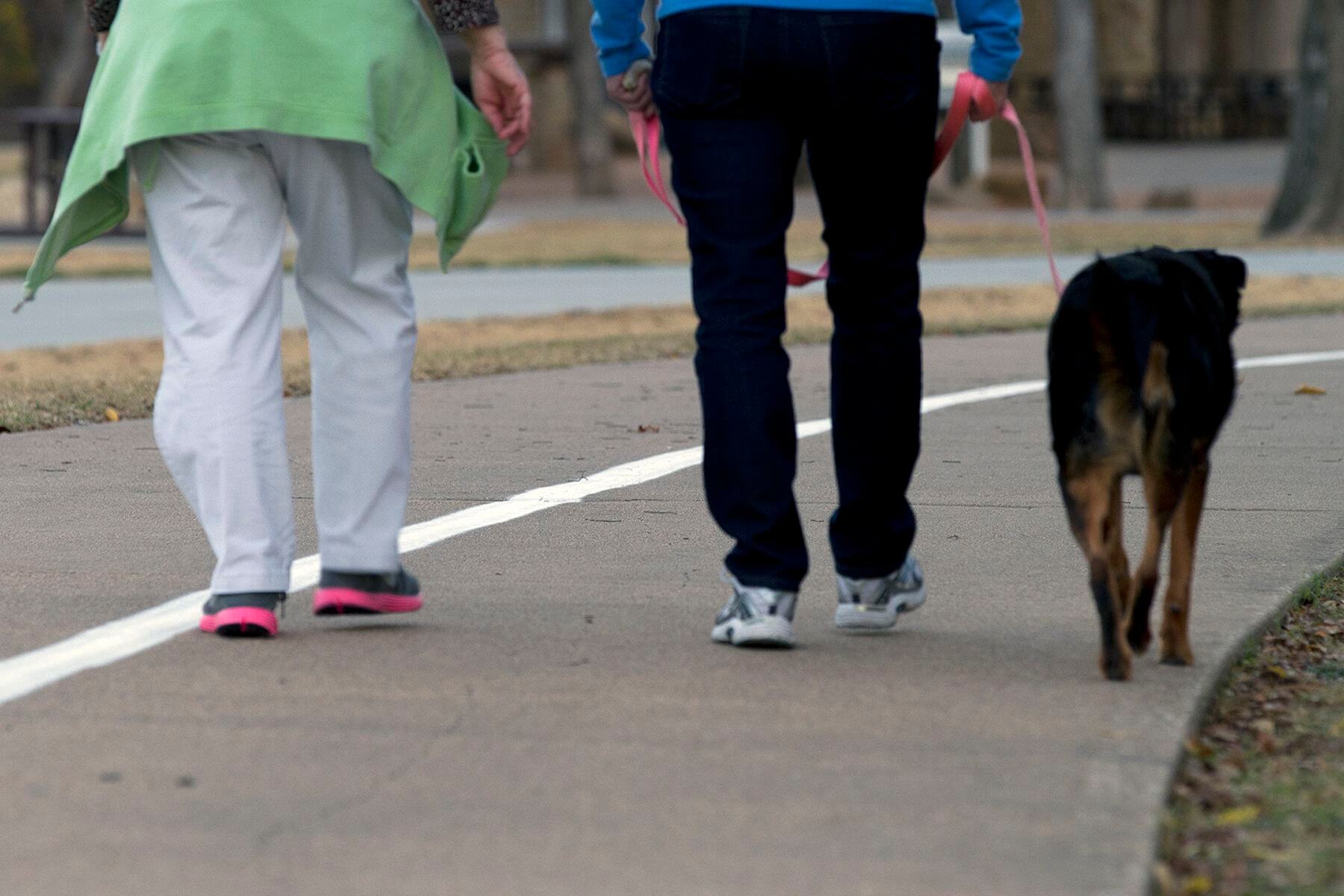STORRS, Conn. — You don’t need to run marathons or spend countless hours in the gym to avoid hypertension during old age, according to a new study. While high blood pressure is incredibly common nowadays, affecting an estimated four in five older Americans, researchers from the University of Connecticut suggest the path to preventing hypertension is as easy as a walk in the park.
Study authors explain that adding a relatively minimal amount of daily movement, roughly 3,000 steps per day, can significantly reduce high blood pressure occurrence among older adults. Studies show hypertension increases the likelihood of numerous serious conditions including heart failure, heart attacks, and stroke.
The research team behind these findings included Linda Pescatello, distinguished professor of kinesiology in UConn’s College of Agriculture, Health and Natural Resources, as well as Elizabeth Lefferts, the lead author of the paper, Duck-chun Lee, and others in Lee’s lab at Iowa State University.
“We’ll all get high blood pressure if we live long enough, at least in this country,” Prof. Pescatello says in a university release. “That’s how prevalent it is.”
Prof. Pescatello is an expert on hypertension and exercise. Her previous research efforts have already demonstrated that exercise can have a significant, immediate, and long-lasting impact on lowering blood pressure among hypertensive adults.
This latest project investigated if older adults with hypertension could receive these health benefits by moderately increasing their amount of daily walking. Taking a stroll is generally considered one of the easiest and most popular forms of physical activity for older populations.
“It’s easy to do, they don’t need any equipment, they can do it anywhere at almost any time,” Lee notes.

The study focused specifically on a collection of sedentary older adults (ages 68-78) who had been walking an average of about 4,000 steps daily before the study. Based on her analysis of earlier studies, Lee projected that an additional 3,000 steps was a reasonable goal that would also put participants at 7,000 daily steps – which just so happens to fall in line with the American College of Sports Medicine’s recommendations.
“3,000 steps is large enough but not too challenging to achieve for health benefits,” Lee comments.
This project was conducted during the height of the COVID-19 pandemic, so everything was put together remotely. Researchers sent out kits with pedometers, blood pressure monitors, and step diaries to participants so they could keep track of their daily steps.
The group’s systolic and diastolic blood pressure ended up dropping by an average of seven and four points, respectively, following the walking intervention.
Other related projects have suggested that decreases of this magnitude are associated with a relative drop in the risk of death from all causes of 11 percent, a drop in cardiovascular mortality of 16 percent, an 18-percent reduction in heart disease, and a 36-percent decrease in stroke risk.
“It’s exciting that a simple lifestyle intervention can be just as effective as structured exercise and some medications,” Lefferts says.
All in all, researchers say their findings strongly suggest that a 7,000-step regimen is on par with reductions seen with anti-hypertensive medications. Notably, eight of 21 participants were already taking anti-hypertensive medications. Regardless, those participants still enjoyed improvements in systolic blood pressure by increasing their daily steps.
“In a previous study, we found that when exercise is combined with medication, exercise bolsters the effects of blood pressure medication alone,” Prof. Pescatello adds. “It just speaks to the value of exercise as anti-hypertensive therapy. It’s not to negate the effects of medication at all, but it’s part of the treatment arsenal.”
It’s also important to mention that both walking speed and the tendency to walk in continuous bouts didn’t impact hypertension as much as simply walking more. Moving forward, study authors would like to launch a larger clinical trial aimed at confirming this pilot study’s findings.
“We saw that the volume of physical activity is what’s really important here, not the intensity,” Prof. Pescatello concludes. “Using the volume as a target, whatever fits in and whatever works conveys health benefits.”
The study is published in the Journal of Cardiovascular Development and Disease.
You might also be interested in:
- Adding steps can help heart failure patients walk their way back to good health
- Do fitness trackers really help you lose weight? Study puts wearable tech to test
- Lower Your Blood Pressure: 4 Easy Steps To Avoid The ‘Silent Killer’

